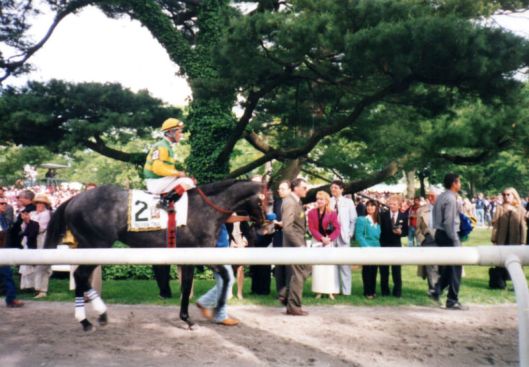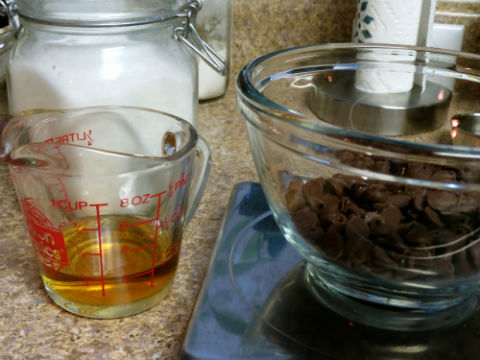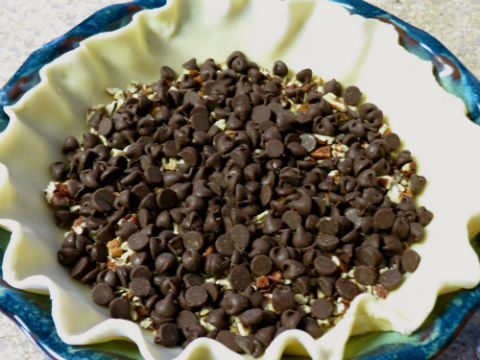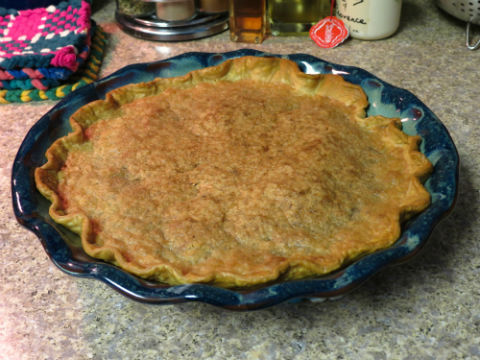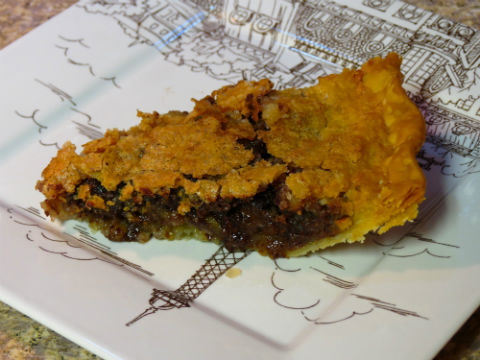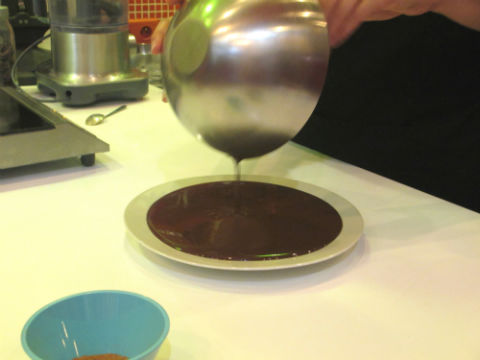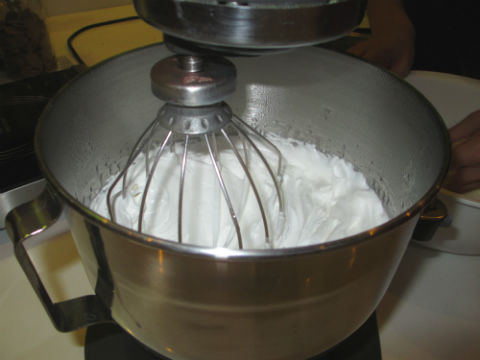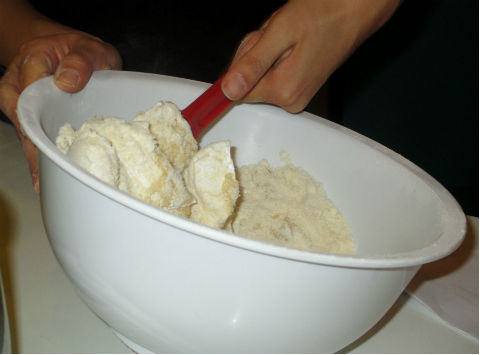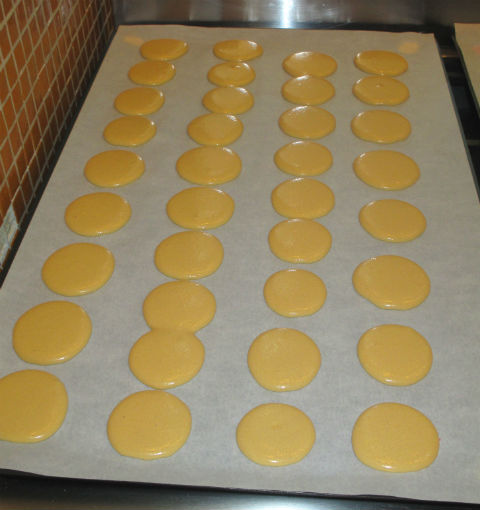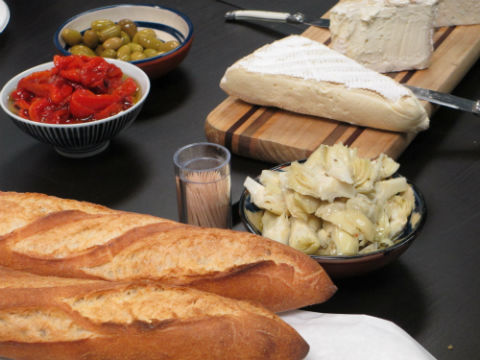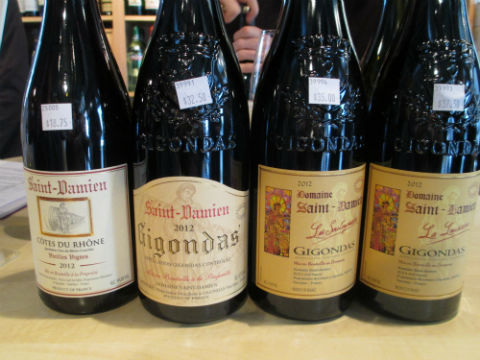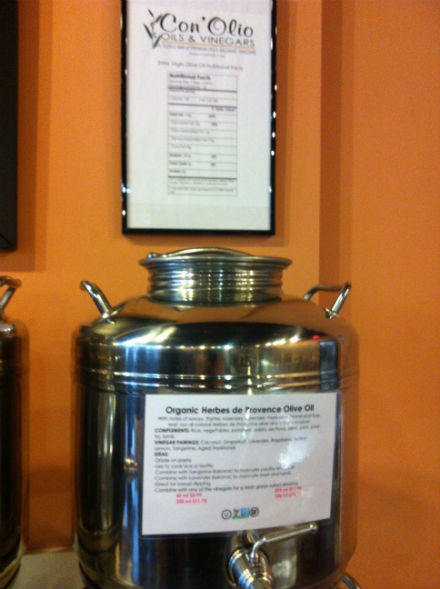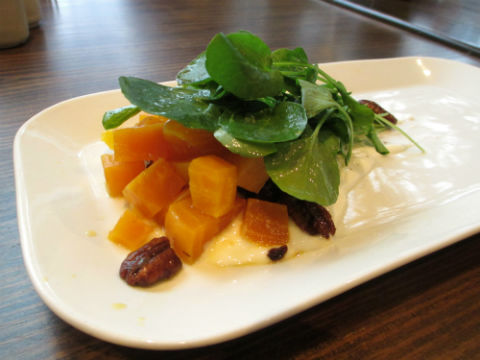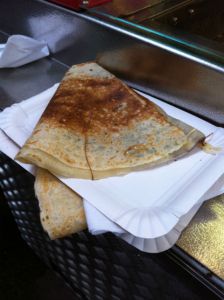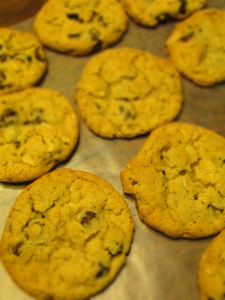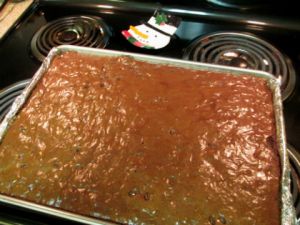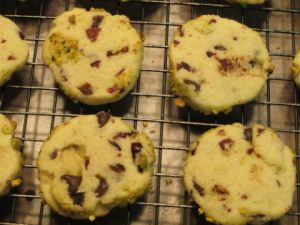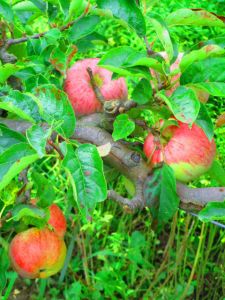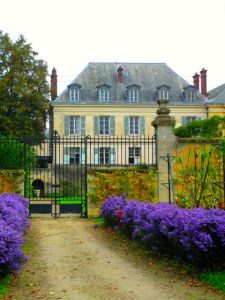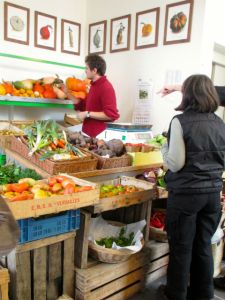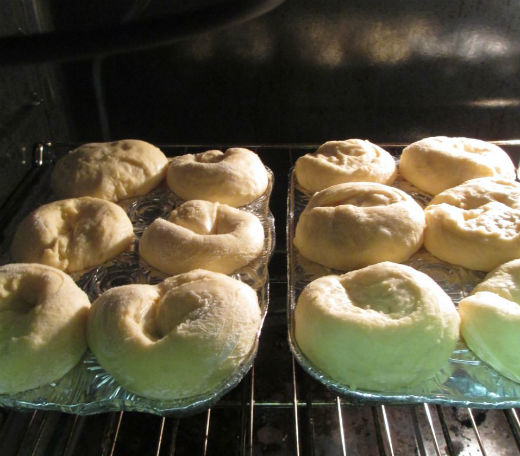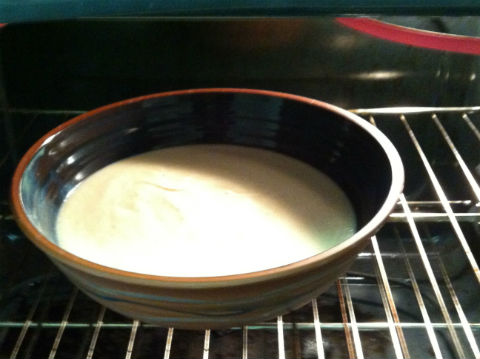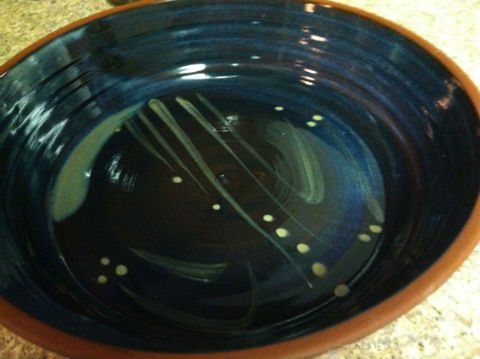Tags
American Pharoah, Belmont Park, Belmont Stakes, horse racing, Kentucky Derby, Preakness Stakes, Secretariat, Thoroughbred, Thoroughbred racing, Triple Crown
You’ll have to pardon the interruption of my regularly scheduled (albeit infrequent) musings on Paris and all things baking-related, but something happened in the world of sports yesterday that holds very deep meaning for me.
Yesterday, American Pharoah became only the 12th horse to win American horse racing’s Triple Crown with a 5 1/2-length victory in the 1 1/2-mile Belmont Stakes at Belmont Park in New York. It had been 37 years since the last Triple Crown winner—the great Affirmed in 1978. In the intervening years, only 13 horses had gone into the Belmont Stakes with a chance to achieve racing immortality, i.e., win the Triple Crown. All of them failed, until yesterday.
First, a bit of racing history. The Triple Crown is a series of three races for three-year-olds: the Kentucky Derby at 1 1/4 miles, the Preakness Stakes at 1 3/16 miles, and the Belmont, known as the “Test of the Champion,” because of its distance. Horses don’t really race at 1 1/2 miles much anymore in American racing, and three-year-olds certainly haven’t gone that far at this point in their careers, making the race particularly challenging. Some horses’ bloodlines or pedigrees may indicate that they have the ability to handle that longer distance better than others, but really, it just comes down to the individual horse’s talent, strength, and heart.
The first Triple Crown winner was Sir Barton in 1919, but that was before the Triple Crown existed as such. The Derby, Preakness, and Belmont weren’t recognized as a unit at that time. That changed in 1930 when Gallant Fox won all three races, and a racing writer coined the term “Triple Crown” to describe his achievement. The name stuck and racing embraced the challenge. The 1930s and 1940s saw Triple Crown winners on a fairly regular basis: Omaha (1935, a son of Gallant Fox), War Admiral (1937), Whirlaway (1941), Count Fleet (1943), Assault (1946), and Citation (1948).
Then the well dried up. Twenty-five years passed before Secretariat burst onto the scene in 1973 and entered the pantheon of sports legends (human or otherwise) with his 31-length Belmont Stakes victory. He was followed by two more Triple Crown winners: Seattle Slew in 1977 and Affirmed. And that was it. Until yesterday. Until American Pharoah.
Personally, I’m still having difficulty putting into words what American Pharoah’s victory means to me. I yelled myself hoarse cheering him in the stretch and broke down in tears because it all seemed to unreal. Had it really happened? I’ve watched the race video many times to assure myself. You see, I was still too young to remember Secretariat or to follow Seattle Slew or Affirmed. I didn’t start following racing until the early 1980s thanks to an older horse named John Henry who didn’t even compete in the Triple Crown races.
The first Kentucky Derby I remember watching on TV was Sunny’s Halo in 1983. I had read the Black Stallion book series by Walter Farley a couple of years before and become enamored of the sport (I’ve always loved horses). But the first horse that I absolutely loved that also had a chance to win a Triple Crown was Alysheba. He was a Texas horse too! While he was born in Kentucky, his owners were from Texas, which was so cool to me. A big bay with tons of personality, Alysheba came back to win the Derby after stumbling in the stretch. It was a courageous and amazing victory—still one of my favorite races of all time. He then won the Preakness, but could only manage fourth in the Belmont. I didn’t realize it at the time but I would learn to get used to this disappointment.
Many wonderful, talented, even great horses have won both the Derby and Preakness only to come up short in the Belmont. These horses have gone on to win other races and championships, achieving plenty of acclaim. Alysheba was one of those. As a four-year-old, he was named Horse of the Year.
In 1997, a gray named Silver Charm became the first horse since Sunday Silence in 1989 with a chance to win the Triple Crown. I was living in Kentucky and working in the horse racing industry at the time, and I was at Silver Charm’s Derby. When he won the Preakness, I knew I had to be at Belmont Park, where I would hopefully see history made. I did go, with several friends—we drove up from Lexington. Belmont Park was electric that day as the anticipation built. We hoped and prayed, but to no avail. Silver Charm, gallant to the wire, ended up second. To this day, my friends and I call Touch Gold, the horse who beat him, Touch Mold. Silly I know, but it was just hard to get past the disappointment.
We were back the next year for Real Quiet, who lost by a mere nose to Victory Gallop, and then again in 1999 for Charismatic. After that, I wasn’t able to be there for the other close calls, but part of me didn’t want to go through that disappointment in person again anyway. After so many years of loving and following the sport, you learn to maintain a little distance, a little skepticism—I hoped that American Pharoah could win but I couldn’t let myself get too invested at first. But, with racing, there’s always that hope. There’s always next year.
And “next year” finally arrived with American Pharoah. So, thank you, American Pharoah, thank you from the bottom of my heart for giving me, and all of horse racing, the gift of a Triple Crown. I hope we don’t have to wait another 37 years for the next one, but I’m satisfied now. I won’t get greedy, but I’ll still hope.
P.S. My friend, Bonnie, another longtime racing fan, penned her thoughts about American Pharoah’s victory on her blog. It can’t be understated how emotional his victory was for us racing fans.
P.P.S. Yes, the word pharaoh is misspelled in American Pharoah’s name. It was accidentally submitted incorrectly to The Jockey Club, the registrar for all Thoroughbred racehorses. They register the name exactly as is, no matter the spelling. Whoops!


